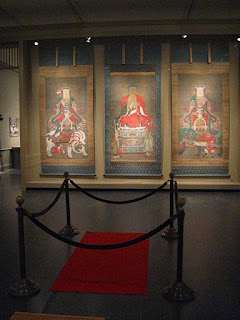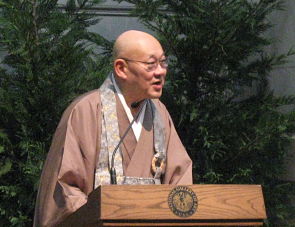For Chapter I, go here
Chapter II
Scene: The dance hall at Glen Echo. Susan (mid-60s) has gone again. This time spring has arrived, and it's not necessary to cover up in a fleece to keep warm. Dancing is good exercise and besides, few men at Glen Echo are overweight. She dances with Kevin, Ted, and George until she meets Larry (75?), and she dances with him for three numbers before:
Larry: Let's go talk.
He takes her arm and steers her to a sitting area.
Susan: (Talk? Talk? We just met. What are we going to talk about?) Oh, okay, sure.
They move to the rim behind the columns and sit down on a bench.
Larry is not George Clooney. He is not Stephen Colbert, Jon Stewart, or Seth Myers, but he is not Rush Limbaugh either. Larry attempts to take Susan's hand, but Susan is not a "toucher" and retreats. They chat a few minutes about their locations in the stations of life, and Larry says he is a retired government worker from West Virginia.
He tells her that his wife has left him, and Susan finishes the next refrain with him in her mind:
Larry: And I am lonely.
(Pause)
Susan looks at the dancers longingly wondering how she can get away.
Larry: Do you like to do things 'arty'?
Susan: What do you mean?
Larry: You know, museums and things.
(She brightens for Larry has just named her passion, but does she want to follow her passion with Larry?)
Susan: Yes! What do you like to do?
Larry: Well, I have heard some good things about 1776 at Ford's Theatre. Would you like to go see that?
Susan (is weak. She would like to see the play, but with Larry? She continues to mull over an escape route.) Okay! Good! That sounds good. (Slightly nodding her head. Lies! Lies! Lies!)
Larry: Let's go dance some more.
They return to the dance floor where Larry's belly sometimes brushes against her. She has to concentrate on the steps and conversation for her on the dance floor is nothing more than monosyllables.
Larry is not a bad dancer and after three more numbers and weary of smushed toes,
Larry: Here, I am going to let you go, so you can dance with someone else.
Susan (wistfully): Okay. You can dance with someone else, too!
Earlier she had noticed the arrival of two good-looking men in suits and ties, both with almost shaved heads, and she would like to dance with them, but it is weird they never remove their jackets, and their apparel suggests they may be Secret Service agents without the curly-cue plastic cords hanging from their left ears, but where are they? Perhaps the president was having dinner in Bethesda, and they are on White House break.
The band plays on, and one of the suited men swishes past her in his open coat, holding one arm bent behind his neck and his other arm rests on the shoulders of his dancing partner. Under his white shirt is a protrusion of either 1. a row of breasts or 2. a plate of armor.
Susan dances twice more, once with a Glen Echo employee, before she leaves the dance floor and hides for a few moments in the restroom from Larry whom she has not seen for a while. Peeping out from the door, she exits and creeps around the sides in-between the columns, and finds her dancing bag. She makes a getaway, content that contact information is secure. Besides, the band was not that good anyway.
It pays to get out.
What: Dancing to live music
When: Thursday - Sunday nights, some Sunday afternoons
Where: Glen Echo, 7300 MacArthur Boulevard, Glen Echo, MD 20812
How much: $10 to $16
For more information: Call 301-634-2222 or email info@glenechopark.org







 Titanic expert Samuel Halpern at National Archives/Patricia Lesllie
Titanic expert Samuel Halpern at National Archives/Patricia Lesllie


























